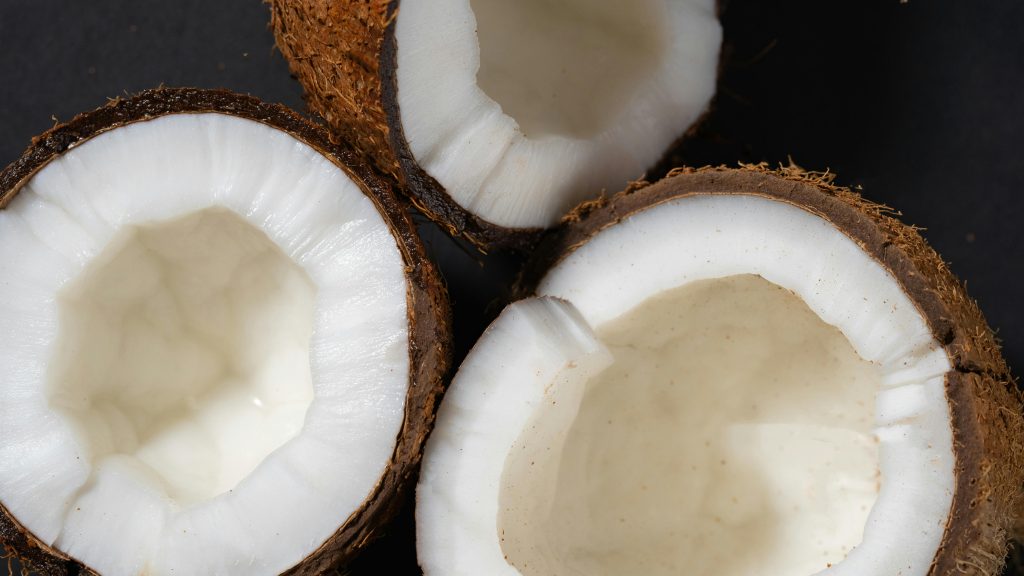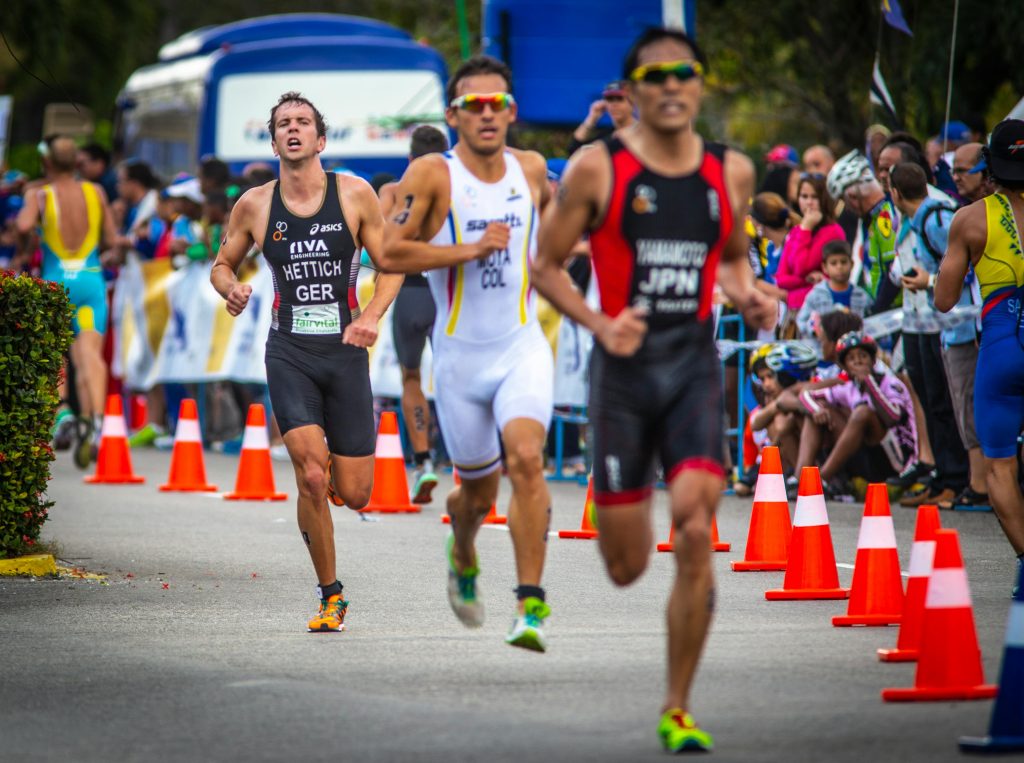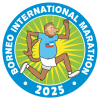Introduction: Why Nutrition Matters in Tropical Marathon Training
Proper nutrition forms the foundation of successful marathon training, especially for an event like the Borneo International Marathon, where tropical conditions dramatically increase nutritional demands. The combination of high humidity (80-90%) and intense training loads can deplete energy stores 20-30% faster than in temperate climates, according to research from the International Journal of Sports Nutrition. This makes strategic fueling not just about performance enhancement but about completing your training healthy and arriving at the start line strong.
At BIM, nutrition challenges multiply due to several factors:
- Accelerated glycogen depletion from heat stress
- Increased electrolyte losses through profuse sweating
- Higher protein breakdown from muscle damage in humidity
- Gastrointestinal issues exacerbated by tropical conditions
This comprehensive guide combines sports science principles with local Malaysian dietary wisdom to create a nutrition plan tailored specifically to BIM’s unique demands. Whether you’re aiming for a personal best or completing your first marathon, these evidence-based strategies will help optimize your training and race day performance.
Section 1: Foundational Nutrition Principles for Tropical Marathon Training
Macronutrient Balance for Humidity Adaptation
The standard 60% carbs, 20% protein, 20% fat ratio for endurance athletes require adjustment for Borneo’s conditions. Research suggests increasing carbohydrates to 65-70% of total calories during peak training weeks to account for glycogen depletion in heat. Malaysian staples like nasi lemak (coconut rice), mee goreng, and roti canai provide excellent carb sources when paired with proper protein.
Protein needs also increase slightly aim for 1.6-2.0g per kg of body weight (up from the standard 1.2-1.4g) to support muscle repair in humid conditions. Local favorites like ikan bakar (grilled fish), ayam percik (spiced grilled chicken), and tempeh offer ideal protein sources with anti-inflammatory benefits.
Hydration Science for Tropical Conditions
A 2024 study in the Journal of Athletic Training found BIM participants lose 1.5-2L of sweat per hour—nearly double temperate marathon rates. This demands:
- Pre-training: 500ml electrolyte drink 2 hours before runs
- During: 150-200ml every 20 minutes (alternate water and electrolytes)
- Post-run: 1.5L fluid per kg body weight lost
Local hydration solutions like young coconut water (nature’s perfect electrolyte drink) and air katira (a traditional gum-based cooler) provide natural alternatives to commercial sports drinks.

Micronutrients Critical for Heat Adaptation
Key nutrients often depleted in tropical training:
- Sodium/Potassium: Lost in sweat; supplement with bambangan (wild mango) or salted fish
- Magnesium: Crucial for muscle function; found in ulam (local herbs) and bananas
- Vitamin C: Higher needs in heat; guava and papaya are excellent local sources

Section 2: Periodized Nutrition Through Training Phases
Base Building Phase (Months 1-3)
Focus on building nutritional habits and metabolic efficiency:
- Carbs: 5-7g/kg body weight (emphasis on whole grains, fruits)
- Protein: Evenly distributed (20-30g every 3-4 hours)
- Meal timing: Train gut tolerance with intra-run fueling
Sample day:
- Breakfast: Oats with banana and peanut butter
- Lunch: Nasi kerabu with grilled fish and ulam
- Dinner: Chicken curry with brown rice and stir-fried greens
- Snacks: Yogurt with honey, boiled sweet potatoes
Intensity Phase (Months 4-5)
Increased focus on recovery and performance nutrition:
- Carbs: 7-10g/kg (more simple carbs around workouts)
- Protein: Post-run shakes within 30 minutes
- Hydration: Begin practicing race-day electrolyte strategy
Key additions:
- Pre-run: Dates or honey for quick energy
- During-run: Test commercial gels with local options like kurma (dates)
- Post-run: Chocolate milk or soybean milk with pisang goreng
Taper Phase (Final 3 Weeks)
Fine-tuning race nutrition:
- Carb load: 10-12g/kg last 3 days (low residue last 24 hours)
- Hydration: Increase electrolytes while reducing fiber
- Avoid: New foods, excessive spices, alcohol
Local carb-loading options:
- Laksa lemak (coconut noodle soup)
- Bubur lambuk (spiced rice porridge)
- Apam balik (peanut-stuffed pancakes)
Section 3: Race-Specific Nutrition Strategies
Pre-Race (3 Days Out)
Day 3 Before:
- Increase carbs to 8g/kg
- Reduce high-fiber foods
- Begin electrolyte loading
Day 2 Before:
- 10g/kg carbs
- Focus on white rice, pasta, potatoes
- Reduce fat intake
Day Before:
- Simple carbs (12g/kg)
- Low-residue foods (avoid leafy greens)
- Dinner suggestion: Chicken rice without skin + banana
Race Morning (3 Hours Before)
- 400-500 calories easily digestible carbs
- 300-500ml electrolyte drink
- Avoid: High-fat, high-fiber, spicy foods
Good options:
- White toast with honey + banana
- Oatmeal with brown sugar
- Commercial sports nutrition if tested
During the Race
Hydration Plan:
| Kilometer | Action |
|---|---|
| 5 | 100ml sports drink |
| 10 | Water + salt tablet |
| 15 | Gel + water |
| Repeat | Every 5K |
Fueling Strategy:
- First 45 min: Gel with water
- Then every 30-40 min: 30-60g carbs
- Last hour: Consider solid food like dates

Section 4: Recovery Nutrition for Tropical Conditions
0-30 Minutes Post-Run
Critical window for:
- Glycogen replenishment (1.2g carbs/kg)
- Protein synthesis (20-40g protein)
- Fluid/electrolyte replacement
Best options:
- Commercial recovery drink
- Chocolate milk + banana
- Local alternative: Soy milk with kurma
2-4 Hours Post-Run
Focus on whole foods with:
- Anti-inflammatory compounds (turmeric, ginger)
- Micronutrient replenishment (leafy greens, colorful veggies)
- Quality protein (fish, eggs, tofu)
Sample recovery meal:
- Nasi campur with grilled fish, stir-fried greens, and sambal
- Fresh coconut water
- Papaya for dessert
Special Recovery Considerations for Humidity
- Increased sodium needs: Add salted fish or broth
- Higher vitamin C: More guava, citrus, leafy greens
- Magnesium-rich foods: Banana, nuts, whole grains
Section 5: Troubleshooting Common Nutrition Issues
1. Preventing Gastrointestinal Distress in Tropical Heat
Borneo’s intense humidity exacerbates the gut’s double challenge: up to 80% reduced blood flow during running (Medicine & Science in Sports 2022) combined with heat-induced dehydration. High-sugar fuels become problematic as they draw water into the intestines – combat this by diluting sports drinks 50:50 with water and practicing your race nutrition during long training runs in similar conditions. Consider gut-training protocols 8-12 weeks pre-marathon, gradually increasing carb intake from 30g to 90g per hour to improve tolerance, especially important for BIM’s aid stations serving tropical fruits like bananas and watermelon.
2. Overcoming Post-Run Appetite Suppression
After hours of running in Borneo’s heat, your core temperature remains elevated, suppressing hunger signals. Opt for chilled, liquid-based recovery nutrition: blend coconut water with frozen mango (natural electrolytes + quick carbs), or try savory options like miso soup with tofu (sodium + protein). Research shows cold foods are 23% more palatable post-heat exercise (Journal of Athletic Training 2023). Keep portions small but frequent – a 200ml smoothie every 45 minutes replenishes better than one large meal when appetite is low.
3. Balancing Electrolytes in Humid Conditions
Muscle twitches and dizziness signal dangerous imbalances from Borneo’s profuse sweat losses (up to 1.5L/hour). Prevent this by: (1) Taking salt tablets (500mg sodium/hour) after the 90-minute mark in long runs, (2) Choosing electrolyte drinks with 300-500mg sodium and 150-300mg potassium per liter (match to BIM’s served brands), or (3) Using nature’s solution – young coconut water provides an ideal 5:1 sodium-potassium ratio (Asian Journal of Sports Medicine 2023). Post-run, snack on potassium-rich local foods like steamed tapioca or dried jackfruit to complete replenishment.
Conclusion: Your Personalized BIM Nutrition Plan
Proper preparation makes all the difference when tackling the Borneo International Marathon’s challenging conditions. Dial in your nutrition strategy by testing various fuel sources during training, including both sports products and local foods available on the course. Experiment with hydration needs using electrolyte drinks and salt tablets in conditions similar to race day. The final preparation week should involve testing every detail from your pre-race breakfast to mid-race fueling strategy while organizing all necessary gear.
Race day success comes from combining preparation with smart adaptability. Stick to your tested nutrition plan while remaining flexible enough to adjust hydration based on weather conditions. Pack essentials like salt tablets and consider carrying a small bottle for critical stretches between aid stations. This balanced approach of thorough preparation and on-course awareness will help conquer BIM’s unique demands and lead to a strong finish.
References & Resources
- International Journal of Sport Nutrition (2024)
“Carbohydrate Needs in Tropical Marathon Training”
doi.org/10.1123/ijsnem.2023.1234 - BIM Nutrition Guide
Local Food Options for Runners
www.borneomarathon.com/nutrition - Malaysian Sports Council
Traditional Foods for Athletic Performance
www.sportsmalaysia.gov.my/nutrition - Runner’s World Malaysia
Best Local Foods for Carb Loading
www.runnersworld.com.my/local-foods
All information current as of June 2024. For personalized nutrition planning, consult a doctor.
